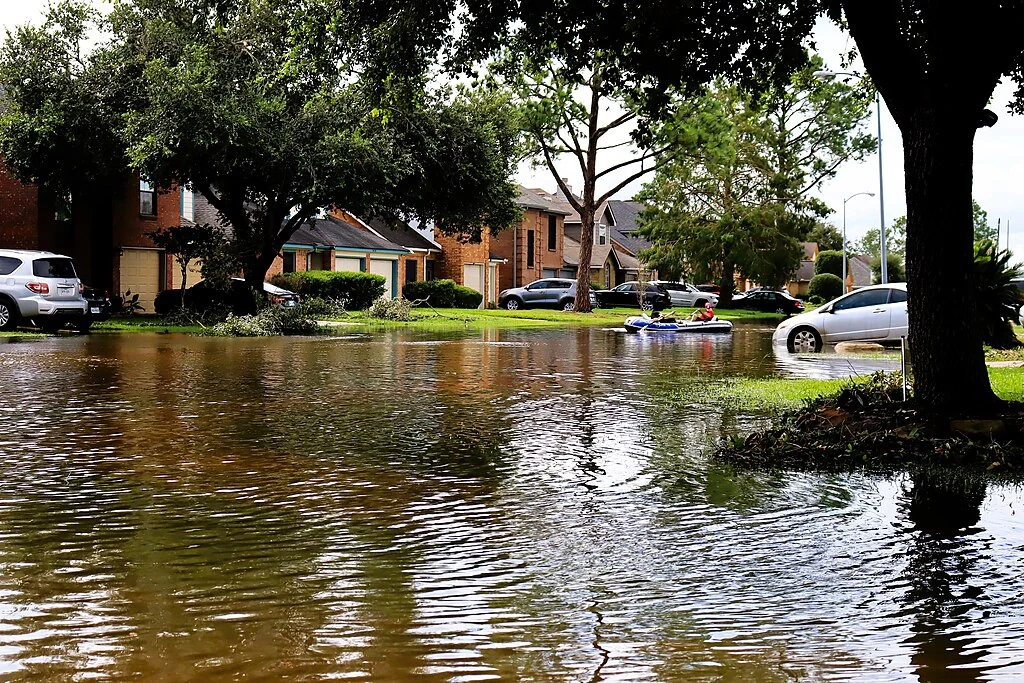This story was originally published by Reasons to be Cheerful
In December of 2022, a 6.4-magnitude earthquake struck Northern California, destroying homes, damaging infrastructure, killing two people and leaving tens of thousands of households and businesses without electricity.
Typically, when power goes out in America, diesel generators come on to provide ad-hoc, dirty and expensive electricity while the grid is down. But that’s not what happened on the reservation of the Blue Lake Rancheria, a tribe comprising Wiyot, Yurok and Hupa Indians, after the quake. The reservation had a different solution. They simply turned on the grid — that is, their own.
A microgrid is a small-scale energy system that can operate either independently or as part of the larger electric grid. Microgrids consist of generation devices along with management systems that control voltage and distribution of power. Their technology allows for cleaner, more efficient and more reliable power to buildings and communities in the event of greater grid failures. And with climate change increasing the frequency and intensity of natural disasters, such resilience is increasingly important.
The Rancheria sits at the junction of three tectonic plates and is prone to numerous natural disasters — rainstorms, forest fires and earthquakes — and the outages they bring. In tandem with the Schatz Energy Research Center at California State Polytechnic University, Humboldt, Pacific Gas and Electric Company and the California Energy Commission, the Rancheria installed its first microgrid in 2016 as part of a project to increase tribal sovereignty and energy stability, and reduce their carbon footprint. The $6.3 million “low-carbon community microgrid” was powered by a 500 kilowatt solar array paired with battery storage and connected to water systems, food storage, electric vehicle chargers, communications facilities and other essential infrastructure in the community. The system provides electricity cost savings of 25 percent and reduces the Rancheria’s carbon footprint by hundreds of tons of carbon annually.
“With this microgrid, we have improved resilience across the Rancheria,” Jana Ganion, director of sustainability and government affairs for Blue Lake Rancheria from 2012 to 2024, said upon the project’s completion. “We started with energy because we need quality power to support the other lifeline sectors,” like health care and other social services.
Now, Blue Lake Rancheria is set to greatly expand its microgrid system through the Tribal Energy Resilience and Sovereignty project, a $177 million initiative that will add 20,000 kilowatts of solar capacity and will connect Blue Lake to the land of three other communities — comprising Hoopa, Yurok and Karuk Indians — with a 142-mile-long distribution circuit to increase regional resiliency between the tribes. Moreover, the expanded grid system will enable staff to choose between five priority levels for energy usage, allowing the operators to turn off non-essential power during outages — which will in turn allow the system to operate indefinitely during extended emergencies. Altogether, the expanded microgrid will “radically expand” the capacity of microgrids to “provide energy reliability in high-risk locations,” says Schatz Center director Arne Jacobson. “These tribes are already leading the field in dam removal, healthy fire on the land, middle and last-mile telecommunications access, and renewable energy systems deployment — and will now support development of what we hope will be a game-changing climate resilience solution.”





